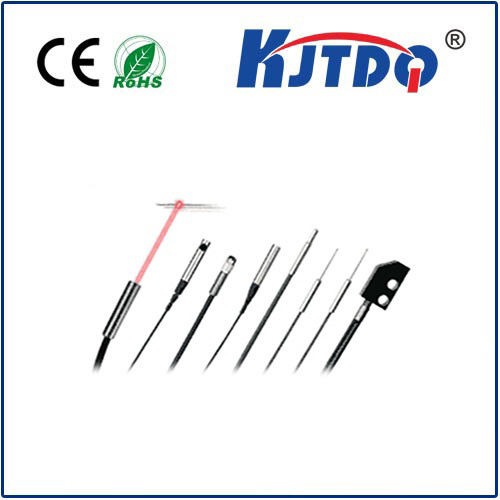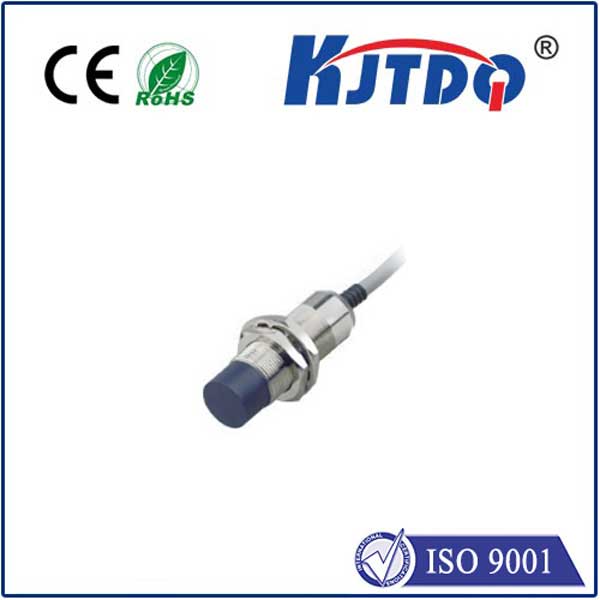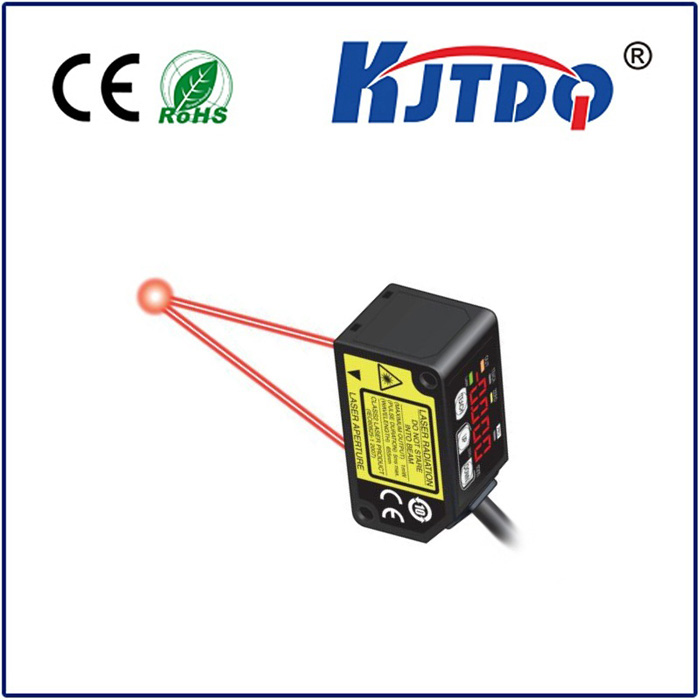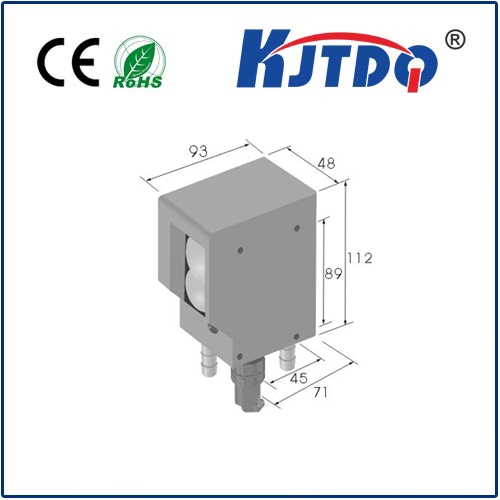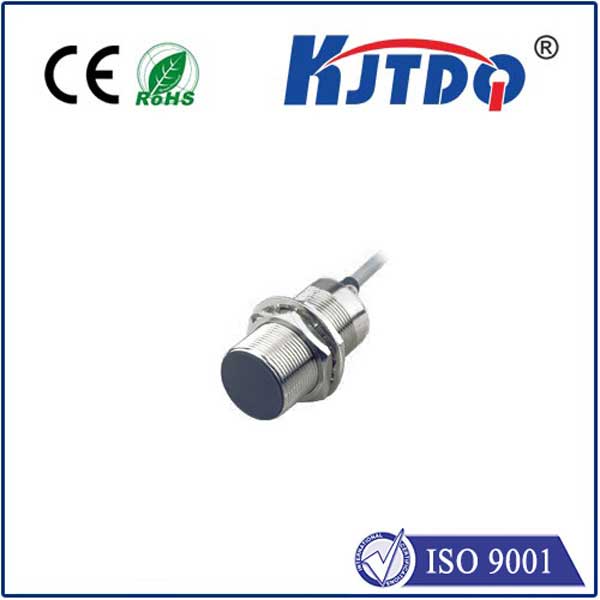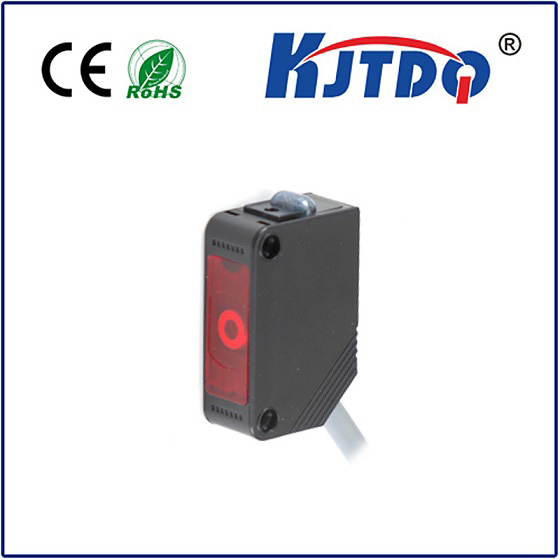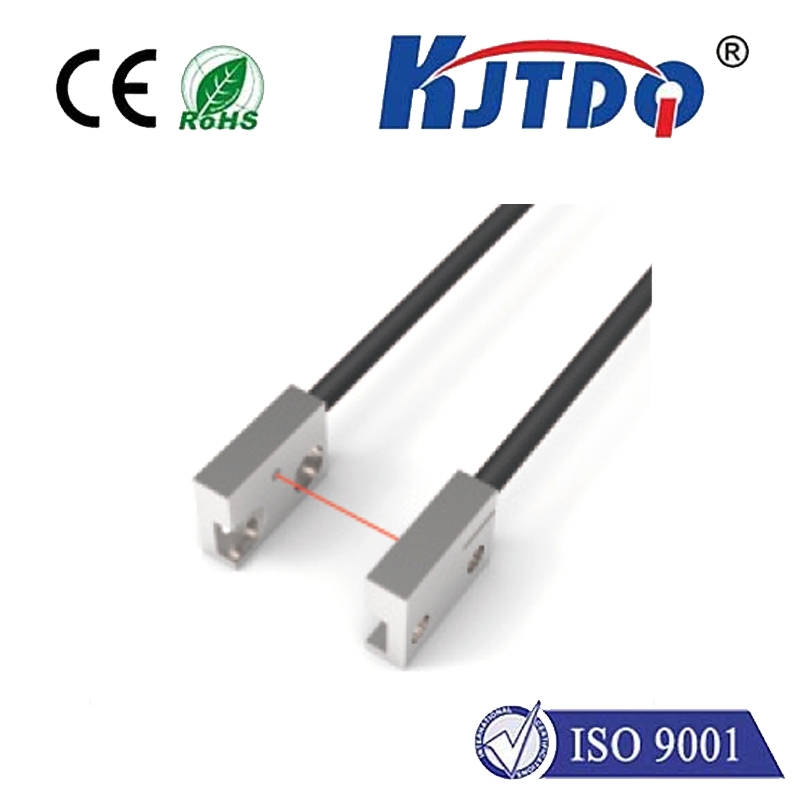BES010W high pressure proximity sensor
- time:2025-09-30 22:29:58
- Нажмите:0
BES010W High Pressure Proximity Sensor: Mastering Measurement in Demanding Industrial Environments
Unlock Precision in High-Pressure Environments: Expert Insights on the BES010W Proximity Sensor
Navigating the relentless demands of modern industry often means confronting extreme conditions head-on. High pressure, a defining feature in hydraulics, oil & gas, heavy machinery, and chemical processing, presents a significant challenge for reliable sensing. Traditional sensors can buckle, delivering inaccurate readings or failing catastrophically. This is where purpose-built solutions like the BES010W high pressure proximity sensor step into the spotlight, engineered explicitly to deliver unwavering accuracy and robust performance where pressures soar.
The Unforgiving Nature of Pressure and the Need for Specialized Sensing
Pressure isn’t just a number on a gauge; it’s a formidable physical force. In systems operating at hundreds or even thousands of bar (or PSI), standard sensors face immense stress. Internal components can deform, seals can fail, and electrical connections can become compromised, leading to drift, inaccuracy, and premature failure. Reliable proximity detection – knowing the precise position or presence of a target object – becomes mission-critical for:
- Hydraulic Cylinder Control: Ensuring rods are fully retracted/extended for safety and sequencing.
- Valve Position Monitoring: Confirming critical valves are open or closed within pressurized pipelines.
- Pump and Compressor Operation: Detecting piston position or shaft rotation in high-pressure fluid delivery.
- Press and Molding Machinery: Monitoring platen position or mold closure under immense tonnage.
- Offshore and Subsea Equipment: Functioning reliably in deep-water, high-pressure environments.
A sensor like the BES010W isn’t just another component; it’s a critical safety and performance enabler in these scenarios. Its inherent design tackles the pressure challenge directly.

Engineering Resilience: What Makes the BES010W High Pressure Proximity Sensor Stand Out?
The BES010W distinguishes itself through a core philosophy: robustness under pressure. Its construction incorporates features specifically aimed at neutralizing the destructive effects of high-pressure environments:
- Pressure-Optimized Housing: Typically crafted from high-grade stainless steel (like 1.4305/AISI 303), the sensor body is designed to withstand extremely high external pressures without deformation. This preserves the precise internal geometry essential for accurate sensing.
- Specialized High-Pressure Sealing: Standard O-rings are insufficient. The BES010W employs advanced sealing technologies – often multi-stage or utilizing specialized, pressure-resistant elastomers or polymers – creating an impervious barrier against fluid ingress. This prevents pressure from compromising the sensitive internal electronics.
- Media-Compatible Design: Beyond just pressure, the sensor materials (housing, seals, sensing face) are selected to be highly resistant to aggressive chemicals, lubricants, coolants, and salt water commonly encountered in demanding industrial settings.
- Stress-Resistant Electronics: Internal circuitry and components are secured and potentially potted or encapsulated to handle the mechanical stress waves transmitted through high-pressure fluids, minimizing vibration-induced failures or signal noise.
- Proven Sensing Principle: Utilizing reliable inductive or capacitive proximity sensing technology, the BES010W detects metallic or non-metallic targets respectively without physical contact, eliminating wear and tear. The design ensures stable switching characteristics even under fluctuating pressure conditions.
Key Specifications Driving Performance
While exact specifications can vary by model variant and manufacturer (such as Balluff, a common source for sensors like the BES010W), the defining characteristics focus on pressure resilience:
- Rated Pressure Range: Designed to operate reliably within specified high-pressure limits, often significantly exceeding standard sensors (e.g., ranges up to 400 bar or higher are not uncommon for specialized models).
- Pressure Resistance/Proof Pressure: Capable of withstanding peak or test pressures substantially above its operating range without permanent damage or compromising its protective seal integrity. This is crucial for handling pressure spikes or surge events.
- Robust Electrical Connections: Utilizing MIL-SPEC connectors (like M12) or high-pressure-rated cable glands ensures the electrical interface remains secure and leak-proof under pressure.
- Extended Operating Temperature Range: Performance is maintained across a wide temperature span, accounting for heat generated in high-pressure systems.
- Harsh Environment Rating: Typically boasts high IP (Ingress Protection) ratings (e.g., IP67, IP68, IP69K) and robust mechanical resistance ratings.
Real-World Impact: Where the BES010W Delivers Value
Implementing the BES010W high pressure proximity sensor translates into tangible operational benefits:
- Enhanced System Safety: Accurate position detection prevents dangerous machine operations (like cycling a press without a mold fully closed) or alerts to critical valve misalignment in pipelines.
- Uncompromised Process Reliability: Consistent, drift-free sensing ensures processes run as intended, maximizing uptime and minimizing costly unplanned stoppages caused by sensor failure.
- Reduced Maintenance Costs & Downtime: Exceptional durability and long service life directly under pressure drastically reduce the frequency of sensor replacements and associated maintenance interventions.
- Improved Product Quality: Precise position feedback contributes to tighter tolerances and repeatability in manufacturing processes like injection molding or metal forming.
- Operational Efficiency Gains: Reliable sensing allows for optimized machine cycles and improved overall equipment effectiveness (OEE).
Choosing the Right Tool for the Pressure Job
Selecting a proximity sensor like the BES010W requires careful consideration:
- Maximum Operating Pressure: What is the peak pressure the sensor will be exposed to? Choose a sensor with a rated operating pressure exceeding this value.
- Proof Pressure Requirement: Does the application involve potential pressure spikes or surge testing? Ensure the sensor’s proof pressure rating meets this demand.
- Process Media: What fluid or substance is the sensor exposed to? Confirm compatibility of wetted materials (housing, seals).
- Target Material: Is detection required for ferrous metals, non-ferrous metals, or other materials? Determines if inductive or capacitive sensing is needed.
- Electrical Requirements: Voltage supply, output type (PNP/NPN, NO/NC), and connector/cable specifications must match the control system.
- Environmental Factors: Temperature extremes, potential submersion, chemical exposure, and vibration levels need assessment.
The Pinnacle of Pressure Sensing
In the relentless landscape of high-pressure industrial applications, standard components are often the weakest link. The BES010W high pressure proximity sensor represents a category of devices engineered not just to survive, but to thrive where others falter. Its robust stainless steel construction, specialized high-pressure sealing, and pressure-hardened internal design make it an indispensable solution for achieving reliable, accurate, and durable proximity sensing. By integrating sensors purpose-built for these extreme environments, engineers unlock greater safety, enhanced reliability, reduced downtime, and significant long-term cost savings. For critical position monitoring under pressure, the BES010W isn’t just an option; it’s the essential foundation for robust and efficient system operation.

